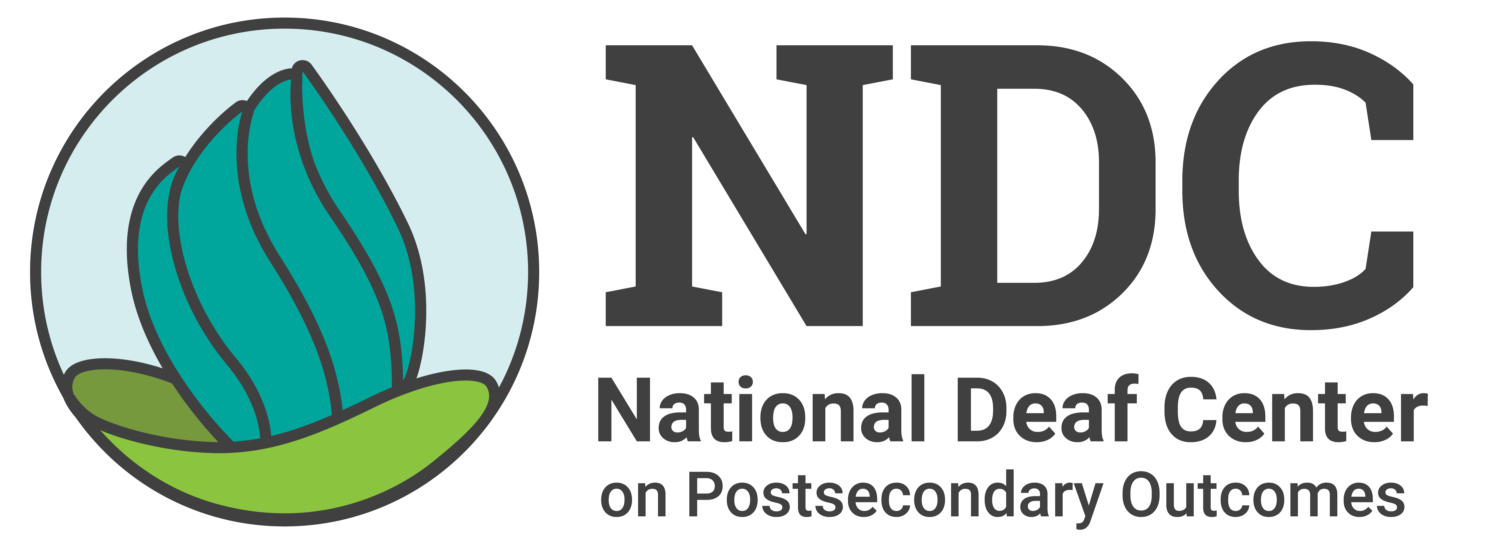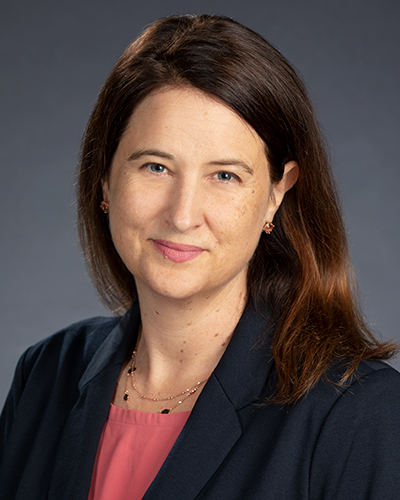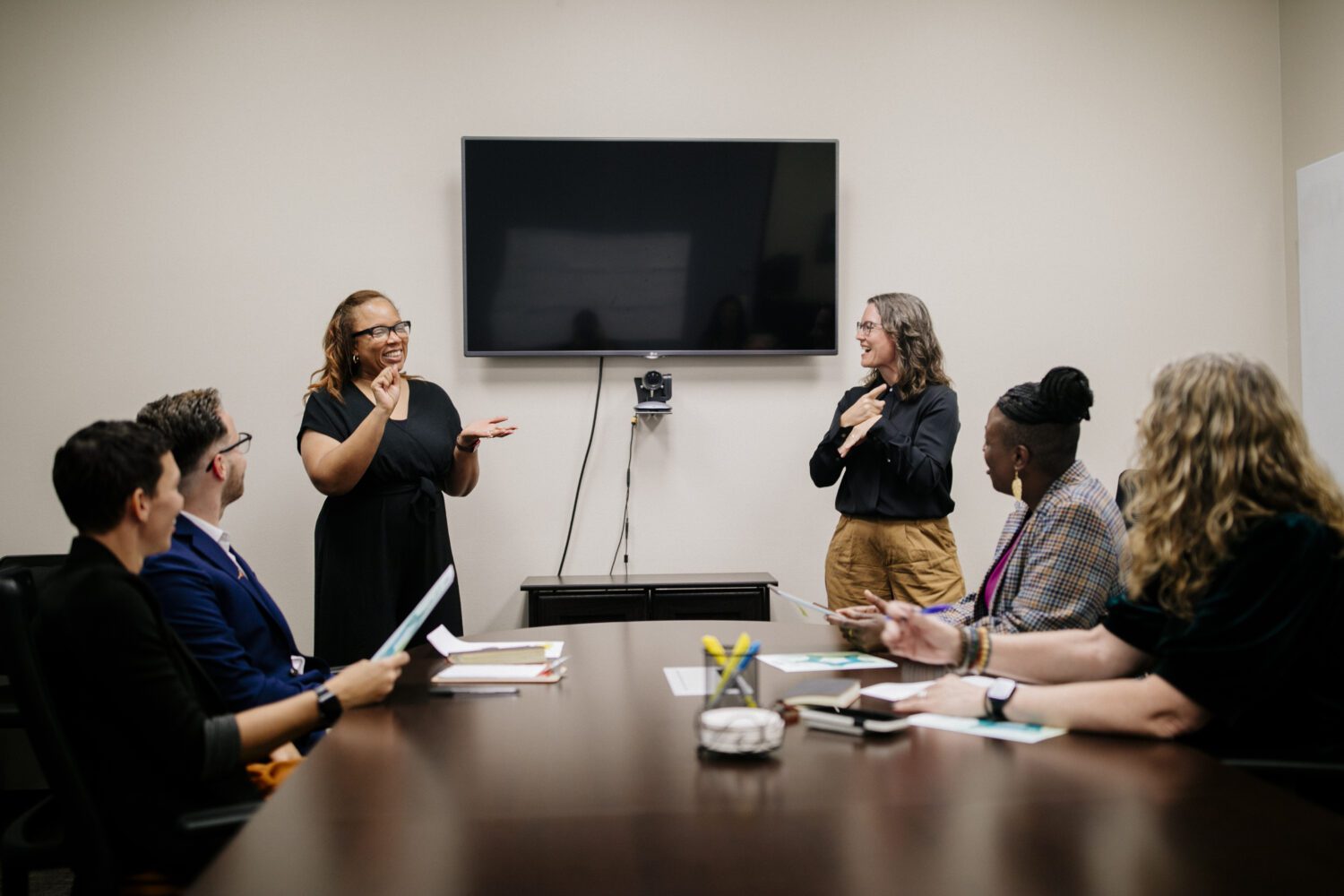Is transition just a checklist? Or can it be a design for life for deaf youth that embraces the transformational powers of high expectations, self-determination, and personal story?
In a keynote address to the Collaborative Experience Conference, director of the National Deaf Center on Postsecondary Outcomes, Stephanie W. Cawthon, PhD, calls on parents and educators of deaf, deafblind, and hard of hearing children to rethink the strategies they use to empower young adults who are making the difficult transition to life after high school — to go beyond a checklist that helps teens investigate a training program or apply to college, and instead provide a design for life that prepares them to evolve as people, seize opportunities, and respond to ever-changing environments.
“A design for living prepares deaf young adults to participate in their lives,” Dr. Cawthon said. “A checklist does not prepare them for that.”
Design For Life
The power of a design for life approach includes:
- The power of high expectations, in themselves and of others in them. Deaf students with a high level of empowerment are more likely to attend a two-year college by a factor of 20 times. If parents have high expectations, the child is six times more likely to attend a postsecondary institution.
- The power of self-determination, providing support to a student by encouraging autonomy, strengthening a social network, increasing self-knowledge, and facilitating goal-setting. Deaf youth with higher levels of self-determination during high school are more likely to enroll in college, live independently, have positive self-beliefs, make more money at work, and have more opportunities for career advancement.
- The power of story, embracing a process of learning through sharing personal experiences and insights to capture what checklists and statistics never can — passion — such as in the success story of Warren “WaWa” Snipe.
Value of Diverse Identities
Dr. Cawthon begins the keynote by emphasizing the value of diverse identities in the deaf community. She shares her personal transition story, growing up hard of hearing in California with hearing parents and the struggle to adjust to college as a student at Stanford University.
“My identity as a hard of hearing person was born at that moment. I started to realize — with school, with the way I was being perceived, with accommodations that I needed, with how my roommates treated me — that I was different,” she said. “Luckily my parents had high expectations for me. And that kept me on track.”
Research reveals Gaps and Opportunities
At the National Deaf Center, she tells the audience, data and research provide the foundation for their mission to improve educational and employment outcomes for deaf youth. Detailing the center’s recent findings for the U.S. and Minnesota, she highlights:
- Only 17% of deaf people achieve a bachelor’s degree, compared to 30% of hearing people.
- Almost 23% fewer deaf people are employed than hearing people.
- 48.6% of deaf people with a high school diploma have a job, compared to 70.5% of deaf people with a bachelor’s degree.
Around 50% of deaf people have additional disabilities, which is another important reason that one size does not fit all in transition planning. In addition, a deaf student takes five years on average after graduating from high school to enroll in college or a postsecondary training program, so their transition might need to include child care services or other accommodations provided to nontraditional students.
Transition is Key to Success
National Deaf Center research also shows that the transition process is critical to success.
“Our center hashtag is #DeafSuccess, but it’s not just a hashtag” Dr. Cawthon said. “It means success as they define it, and how we can make sure that the entire community of deaf students is successful.”
Watch the full keynote presentation.
The Minnesota Commission of the Deaf, DeafBlind & Hard of Hearing’s Collaborative Experience Conference was in Brainerd, Minnesota, on November 7-9, 2019. Dr. Cawthon’s presentation is in a collection of keynotes intended to be a resource for teachers of the deaf, deafblind, and hard of hearing; school professionals; and families.









